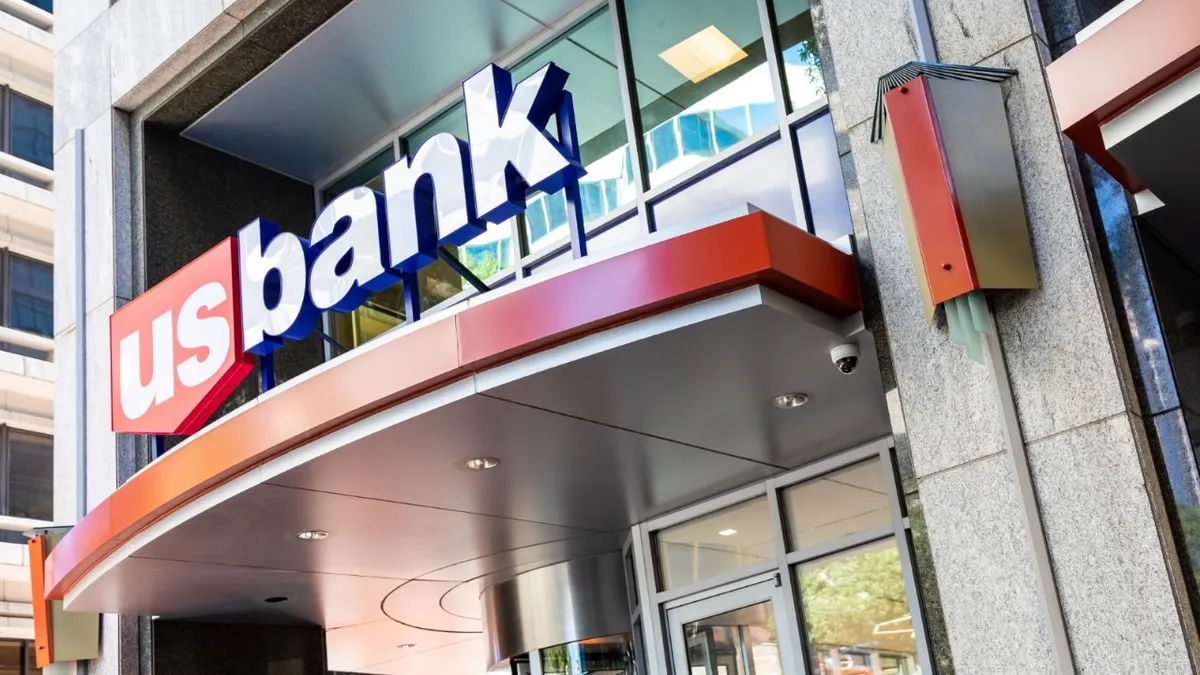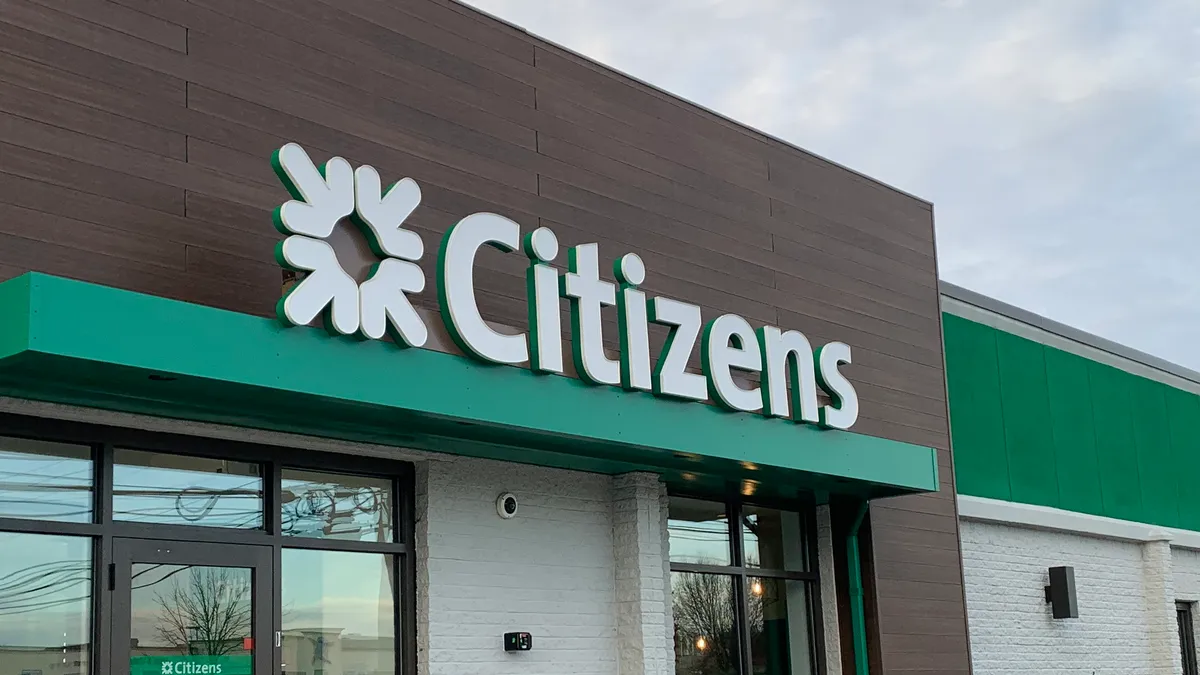U.S. Bank’s innovation team was scouting for a particular trend at last week’s annual Consumer Electronics Show in Las Vegas: agentic artificial intelligence.
That’s when AI systems act independently and perform tasks autonomously without human oversight or guidance – the sort of “do-it-for-me” functions that might inform customer experience of the future.
“We know it's coming, and we know that these technologies are going to be out there; we just need to find the right ones,” Don Relyea, the Minneapolis-based super-regional’s chief innovation officer, said during a recent interview.
Relyea declined to say when he expects the bank might adopt agentic AI to assist customers, or comment on innovations the lender is planning to launch. But CES, historically, has proved fruitful for the bank: The team saw emerging voice technology at the show about a decade ago, took the concept into research and development, and rolled out its voice assistant in its mobile app in 2020. That timeline enabled the bank to get an early jump on integrating that assistant with Siri, Google and Alexa, and expanding into Spanish in 2022.
Relyea predicts a “huge wave” of innovation over the next year.
“Folks really are putting a lot of money into AI. And agentic AI, in particular, is really easy to weave into various customer experiences,” he said. “You’re just going to see so much innovation happening that, for us, figuring out the ‘how’ is not as important anymore as figuring out the ‘what,’ from a customer experience standpoint.”
Editor’s note: This interview has been edited for clarity and brevity.
BANKING DIVE: How does the bank approach CES, and what struck you this year?
DON RELYEA: We go to CES every year with a goal of looking at key future tech trends that we know are going to impact banking moving forward. A lot of these are things everybody’s talking about, like AI. The metaverse, smart things – when do we need to be prepared to bring financial services to those spaces? How are other companies leveraging agentic AI?

We're really focused on our customer experience, so when we see companies that are a little bit more mature in the customer experience design space doing something with agentic AI, those things stand out.
We saw some really interesting things where people had thought about their customer experience and combined it with agentic AI. Many of those are lifestyle-type companies – your Panasonics, your Samsungs, LGs – all thinking now about “how can we leverage this new technology to be more proactive for our customers, more predictive, and initiate conversations with our customers”?
In the past, we haven’t seen as many pure financial services companies showing up there. This year, though, was a little bit different. There were several foreign banks showing new types of innovations, some of them very AI-powered. Industrial Bank of Korea had some interesting demos. Some Chinese banks were demoing virtual tellers and bankers, other banks were doing things like leveraging agentic AI to research and do predictive analysis on your venture portfolio.
The virtual bankers can do all kinds of stuff for you, and you can have natural conversations with them. These felt much less weird than they have in the past. It felt like I was talking to someone relatively naturally. So they're getting better, and that technology is becoming more ubiquitous.
What theme stood out this year?
We saw a lot of technology that is going to really usher in the age of “do it for me.” When I look at what our customers’ expectations are of U.S. Bank, we want to have the best digital experience, and a lot of that right now is “do it for yourself.” I want to be able to do everything on my mobile phone, my tablet, online banking; don't want to have to go to the branch unless I actually want to talk to a financial adviser.
At some point, automation is going to come into play, even in financial services, once customers become more comfortable ceding control. So we're looking for what the iPhone-like defining moment is, which shifts the customer expectation bar from “do it yourself” to “do it for me.”
How do you expect we’ll get to a place of consumer comfort with the “do it for me” mindset?
I think you’re going to see a lot of things change in the marketplace, around customer experiences – not in the banking space, but in others – where you don’t need quite that level of security and you’re going to get a lot of convenience. When that happens, when people begin to cede some of that control to automation in those areas, they’re going to begin to expect it in other areas, maybe with things like bill pay.
We’re able to poll consumer sentiment and not put stuff out into market before people are ready for it. There’s a really fine line between being proactive and helpful, versus being proactive and creepy. And we don’t want to cross the creepy line. And, obviously, customers will have to want to opt in to these types of things.
What’s the team download like, after attending CES?
We have a backlog of things we’re exploring that are tied to strategic business priorities with the bank. When we come back from something like this, we’ll look at [and ask] is something more ready for prime time than we thought it was a year ago? We have a list of trends that we’re tracking market signals on, to know when those technologies are going to be impactful for the banking space. So we take a look at those and reshuffle them in priority. We had a lot of foundation futures around agentic AI that we thought were probably several years out, until ChatGPT came out, and that really changed our time horizon on that.
How does your team balance the drive to innovate with risk management and trust considerations that are crucial for banks?
We have a healthy relationship with our risk partners. They join my staff meetings every week, and we’ve got partners in digital risk that are active in anything we’re exploring. We’re one of the longest-running innovation teams in banking, at about 17 years now. We’ve got a lot of safe test-and-learn environments, and then we work and partner with our risk and control teams to de-risk proof of concepts before they go into production.
There’s definitely a healthy tension, and we don’t get to just release stuff quickly. We’re often looking at things many years before they come out into market. But there is a robust risk and control process that they go through. They’re there to help us solve things. We’re even … beginning to bring them into ideation sessions. Having their point of view is useful to getting to a workable solution sooner.




















